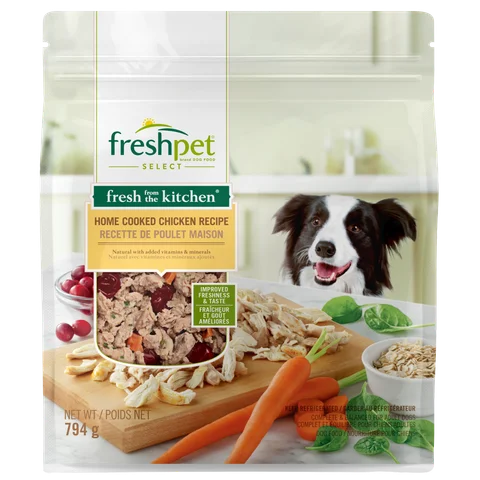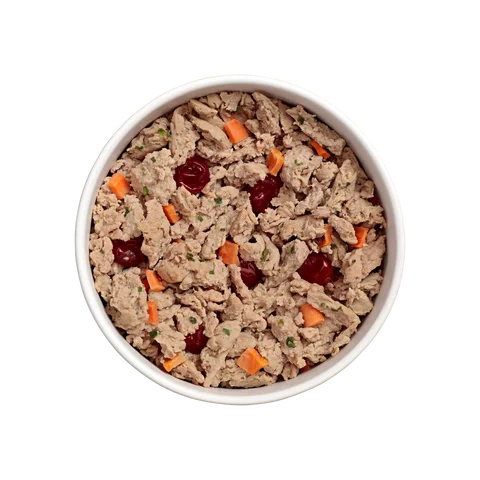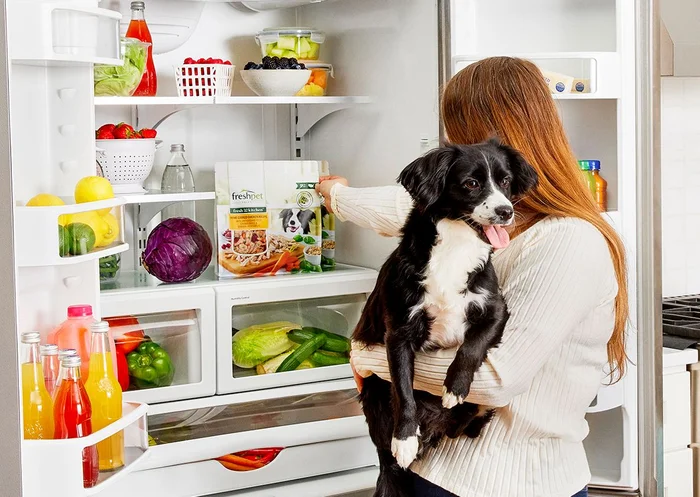


written by Dr. Aziza Glass
Play hard, sleep hard, dream hard: the life of a puppy is pretty amazing. Life is focused on exploring the world, forming lifelong bonds, and learning tricks and boundaries. As pet parents, we enjoy watching our puppies grow up, adorably stumbling through life’s obstacles along the way. We support them by making sure their health and all their developmental needs are addressed. This includes nutrition. In this article we’ll explore the nutritional needs of puppies and how they change as they grow into adulthood.
Puppies are tiny furballs of energy. Whether Great Dane or Chihuahua, puppies need specialized nutritional support to flourish. Consistent high quality meals support their developing bodies and keep blood sugar levels stable. Puppies also have a fast metabolism, therefore they need a sufficient amount of calories and meals to sustain their active lifestyles. Puppies need to be fed small meals 3 to 4 times a day when young, which slowly decreases to twice a day in adulthood.
Puppies grow fast. They reach maturity at about 10-12 months of age if a small or medium breed, and 18-24 months if a large or giant breed. This difference in growth rate impacts their nutritional requirements. To lower the risk of nutrition-related diseases, like osteochondrosis, controlling calories and calcium intake is essential. Growing puppies also have a higher demand for protein which steadily decreases as they near adulthood. Puppy diets are formulated to consider the developmental needs during growth spurts (or lack of). These diets are frequently divided into categories for breed size to make sure your developing puppy gets the specialized nutrition they require: toy, small, medium, large, and giant. The amount of food to feed puppies is determined by the caloric density of the selected diet and therefore, will rely on its designated feeding guide.
As puppies mature into adults, additional factors affect their ideal nutritional needs. For example, changes in lifestyle and health conditions affect what diets are most suited for the puppy. Is the puppy showing signs of a food allergy? Then switching to a novel protein diet like Freshpet Vital Beef & Bison or Vital Ocean Whitefish and Salmon will be best. Does the puppy have an upset or sensitive stomach? Freshpet Select Roll Sensitive Stomach & Skin Chicken Recipe is a great option for those suffering from gastrointestinal issues.

freshpet recipes
Learn about Freshpet's unique approach, prioritizing top-notch ingredients, inventive cooking methods, and a commitment to freshness.

dog nutrition & feeding
Join us as Freshpet vet, Dr. Aziza, discusses the vital link between dog nutrition and skin health in a fun and informative way.
